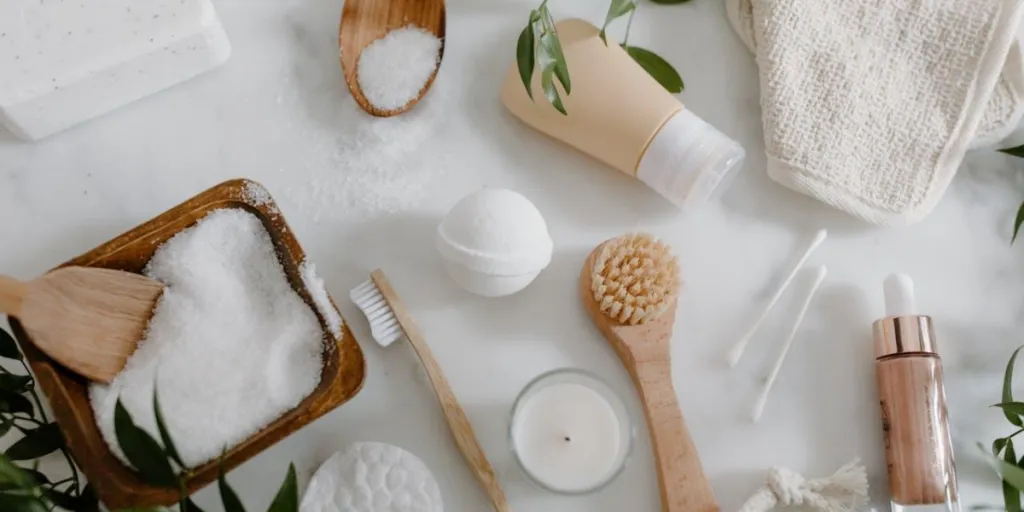The beauty industry is a quickly growing industry as consumer needs and attitudes evolve. Because of this, it’s crucial for beauty businesses to stay on top of the trends to ensure their products and marketing efforts reach their target customers.
What should we expect from the personal care industry as we approach 2027? Beauty trends are shifting to focus on empowerment, personal care upgrades, and holistic wellness. Here, we will explore some of the most prominent trends that will shape the beauty landscape between now and 2027 and how your business can take action to stay current and meet growing consumer demand.
Table of Contents
Market for personal care
Top 5 personal care trends
The future of beauty is empowering, inclusive, and fun
Market for personal care
The global beauty and personal care market is projected to generate a revenue of USD 648.60 billion by the end of 2024 and grow at a compound annual growth rate (CAGR) of 3.11% between 2024 and 2029. The largest segment in this market is personal care products, which is estimated to reach a total market volume of USD 282.90 billion by the end of 2024. When comparing the global market, the United States leads in revenue with USD 100 billion in 2024.
Top 5 personal care trends
Here are the top 5 key trends in the personal care sector to pay attention to as we approach 2027.
1. Body haircare: Empowerment through choice

Body hair maintenance is entering an era of empowerment, which means a focus on personal choice. Body positivity movements like “Januhairy,” which encourages women to go a month without shaving, and #BodyHairPositivity on TikTok (which has garnered over 69.1 million posts), reflect the ongoing shift towards body hair acceptance.
Consumers who choose to embrace their body hair rather than shaving will be searching for products that support their choice by keeping hair soft and free from ingrown hairs.
You might be thinking, does this movement impact the shaving market? While many are choosing to maintain body hair, the shaving market is not significantly impacted. The global shaving market generated USD 36.46 billion in 2024 and is projected to grow at a CAGR of 3.18% between 2024 and 2028. Those who choose to shave will look for skincare-inspired products that prevent razor burns and ingrown hairs. Searches for “razor burn” and “ingrown hair” have skyrocketed by over 5,000% globally over the last year.
Marketing tip: Personal care brands should emphasize consumer choice when it comes to body hair, with a “no pressure, just options” approach to marketing.
2. Elevated men’s personal care
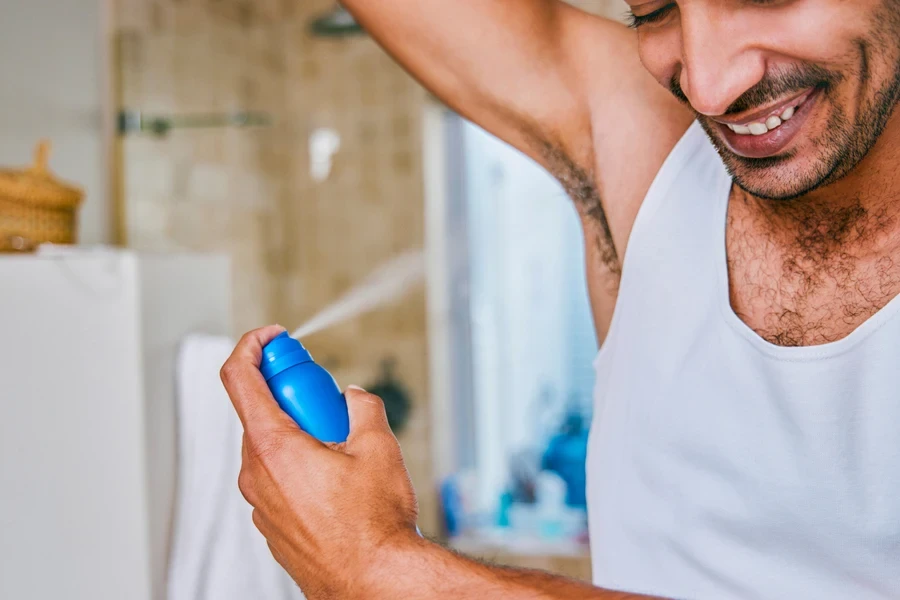
Men’s personal care has switched focus to addressing stigmatized issues and offering elevated products for underserved needs. Health concerns like erectile dysfunction, reduced libido, and intimate body odor are now being met with playful and approachable solutions. So, let’s not shy away from discussing these topics that were once seen as taboo.
When it comes to personal care, intimate body odor has become a key area of focus for men. A survey by Old Spice found that 72% of American men worry about how they smell and nearly a third care about body odor beyond the underarms. As a result, innovative products that focus on reducing odor are becoming must-haves for men conscious of their personal hygiene.
The global men’s personal care market was valued at USD 30.8 billion in 2021 and is expected to expand at a CAGR of 9.1% from 2022 to 2030.
Marketing tip: Humorous messaging is key when addressing stigmatized health and beauty concerns.
3. Sweat solutions
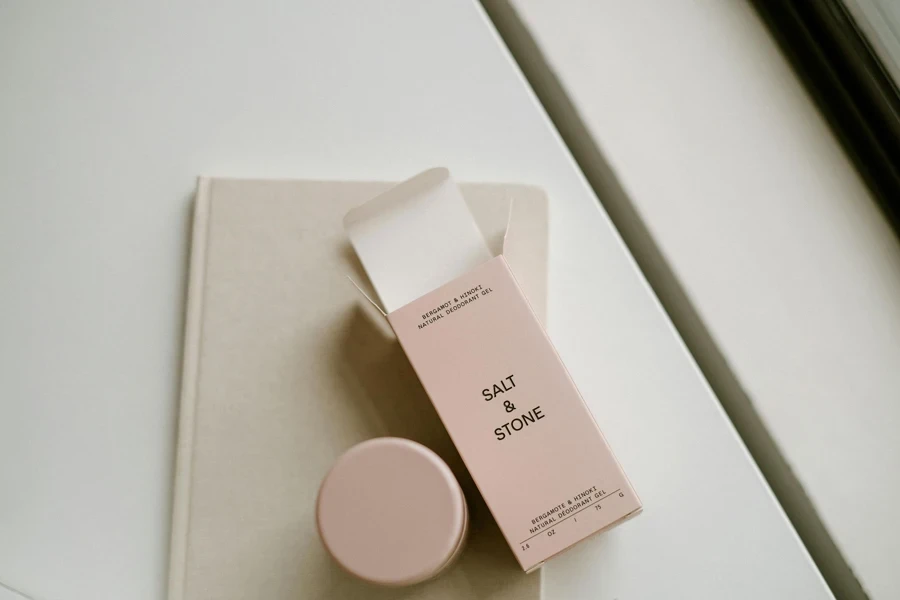
Men aren’t the only ones who are concerned with body odor. Google searches for “whole body deodorant” have increased by 900%, which indicates a rising demand for deodorants that work for the entire body.
Anti-chafing products are also experiencing a surge in popularity, with searches for “anti-chafing” rising by over 5,000%, according to Google. Products like ointments that soothe chafing and irritation are appealing to consumers.
With an increase in concern around sustainability, products like fast-drying gels, serums, and mists in particular will resonate with environmentally conscious consumers who prefer non-aerosol options. Beauty brands should always consider the environmental impacts during product development. Focus on ingredient-led beauty with new products and use natural ingredients wherever possible.
4. Oral care: The skincare for your smile
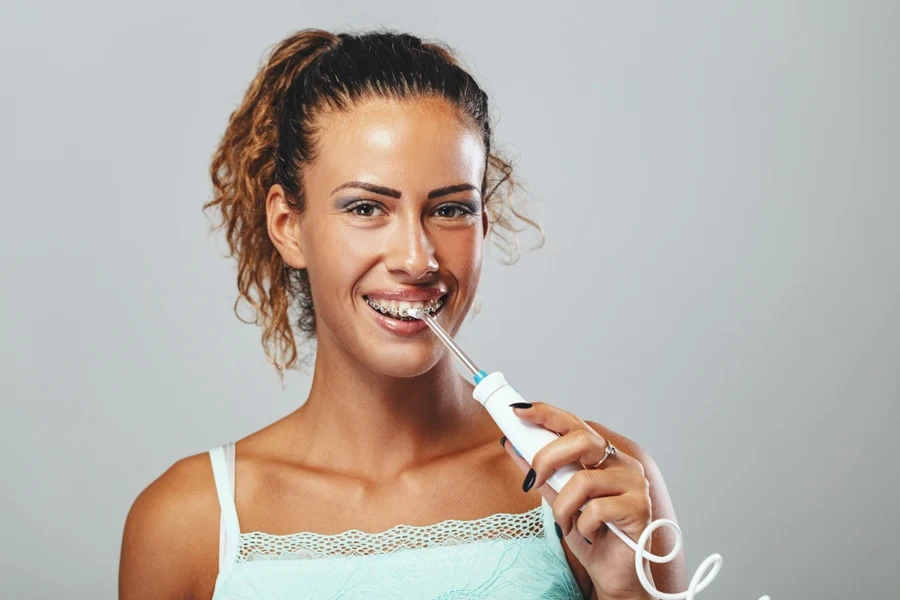
Oral care is quickly turning into a multibillion-dollar industry, with revenue forecasted to reach USD 58.94 billion by 2027.
Studies suggest more than half of Gen Z consumers are worried about having the perfect smile. This led brands like Colgate to encourage young people to embrace their natural smiles through campaigns like “My Smile is My Superpower.” This is particularly powerful as it helps consumers to refocus on the health of their smile rather than seeking perfection.
In China, Gen Z is leading the charge for improved oral health routines, resulting in a 138% increase in oral health-related posts on platforms like Douyin. Consumers focus on having premium tools and extensive oral care routines that prioritize tooth and gum health.
As we approach 2027, oral care will extend beyond morning and evening routines as consumers look for on-the-go solutions.
Marketing tip: Look to the skincare category for inspiration. Oral care products should incorporate elements, such as ingredients that promote gum health or prevent cavities. These types of innovations align with the growing interest in the oral microbiome and overall health. Leverage the ongoing interest in the skin microbiome to expand oral health care offerings.
5. Extraordinary basics
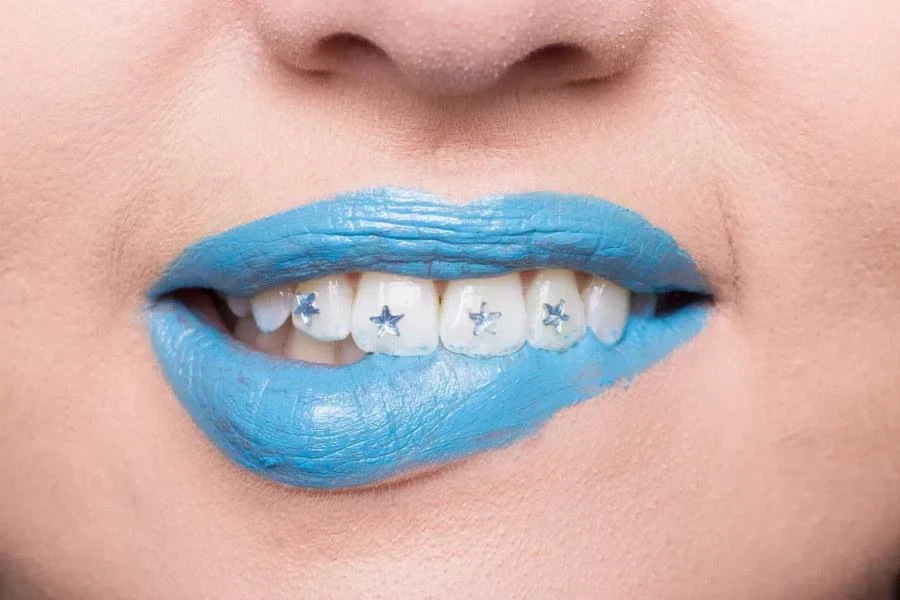
Consumers are looking for ways to add fun and individuality to their personal care routines, making everyday tasks feel more exciting. By 2027, beauty routines will become more playful, with unexpected embellishments like glittery armpits or colored body hair taking center stage.
Brands like Hismile are already embracing this trend with products like SmileStika, temporary teeth tattoos that stay on for up to 12 hours.
The rise of the “aura economy” is also encouraging consumers to upgrade everyday basics with spiritual and physical self-care in mind. So, take the time to consider how your products can bring an element of self-care and intentionality to basic personal care moments.
Marketing tip: Brands should focus on creating sensorial experiences and offering products that encourage self-expression. New, innovative products should offer a playful twist on traditional beauty items and enhance the user experience with unique packaging and textures.
The future of beauty is empowering, inclusive, and fun
As we move toward 2027, the beauty industry will continue to evolve to meet the needs of diverse consumers. Body hair positivity, elevated men’s personal care, sweat solutions, oral care innovations, and playful personal care routines are all trends set to dominate the beauty world. Brands that prioritize consumer empowerment, embrace humor, and invest in quality materials and ingredients will find themselves leading the charge in this ever-changing landscape.
When thinking about product innovation as we move toward 2027, ask yourself the following questions:
- How can you make your basic personal care product feel special?
- How can you make a standard personal care product appeal to younger consumers?
- What “embarassing” or taboo problem can your product address and destigmatize?
